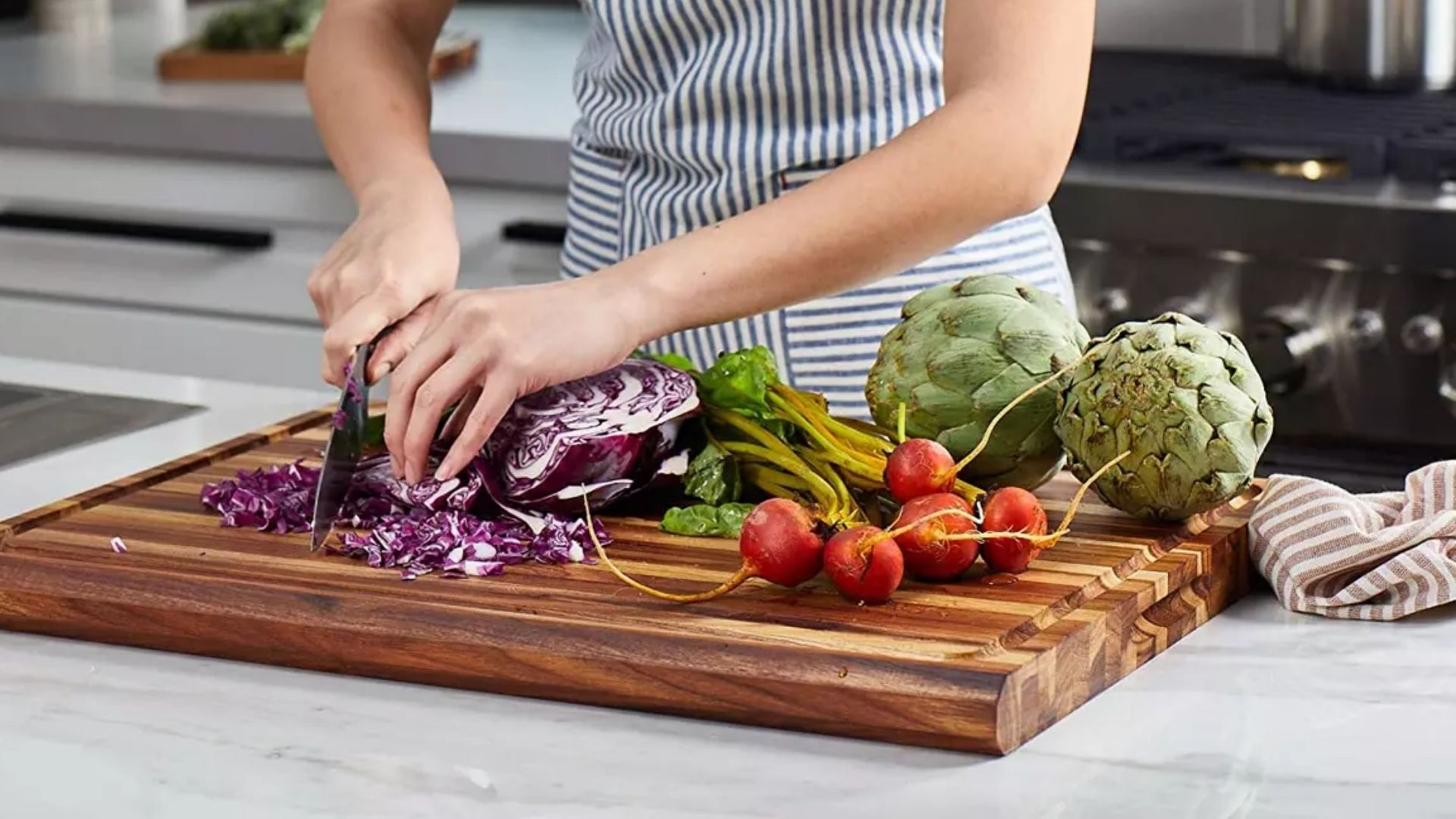How to Seal a Pine Cutting Board: An Exclusive, Life-changing Guide
Written By James Morgan
If you're a barbecue enthusiast, you know how crucial it is to maintain your tools and accessories, including your cutting boards. One of the most essential kitchen tools for any BBQ aficionado is the cutting board, specifically a pine cutting board, known for its aesthetic appeal and moderate durability. Learning how to seal a pine cutting board can be a remarkably rewarding process, and today, we're excited to dive deep into this life-changing skill.

Why Seal a Pine Cutting Board?
Before we delve into the step-by-step process, it's important to understand why sealing a pine cutting board is indispensable. Pine, while beautiful and relatively soft compared to hardwoods, is porous and susceptible to absorbing moisture, bacteria, and odors if not properly sealed. Sealing your pine cutting board will increase its longevity and make your food prep much more sanitary.
The Fundamentals of Sealing
Sealing a pine cutting board involves applying a protective barrier that blocks moisture, bacteria, and odors. The two main types of sealers are food-safe mineral oils and beeswax-based finishes.
Preparing Your Board
Start by washing your pine cutting board with warm, soapy water to remove any dirt or residue. Let it dry completely. For more detailed instructions on prepping cutting boards, check out this guide.
Applying the Sealer
Using a clean cloth, apply a liberal amount of mineral oil or beeswax finish to the surface of the board. Rub it in with a circular motion, making sure to cover all areas, including the sides and edges.

Final Steps
Let the oil or wax soak into the wood for at least a few hours, preferably overnight. After soaking, wipe off any excess with a clean cloth. Repeat this process once a month or as needed to maintain the board's integrity. For more information on maintaining wood cutting boards, click here.

Choosing the Right Sealer
Not all sealers are created equal. Food-safe mineral oil is a popular choice due to its ease of application and effectiveness. Beeswax finishes, on the other hand, provide a thicker, longer-lasting protective layer. Whichever you choose, make sure it's food-safe. Learn more about the advantages and disadvantages of different cutting board materials here.
FAQ
Can I use vegetable oil to seal my pine cutting board?
No, vegetable oils can turn rancid and create an unpleasant odor over time. Stick to food-safe mineral oils or beeswax finishes.
How often should I seal my pine cutting board?
It's recommended to seal your cutting board once a month to ensure optimal protection.
Why is my cutting board still absorbing water even after sealing?
Ensure you've applied a sufficient amount of sealer. If the board is still absorbing moisture, it might need another coat.
For more on cutting board care, read this comprehensive article.
As an Amazon Associate, I earn from qualifying purchases.



